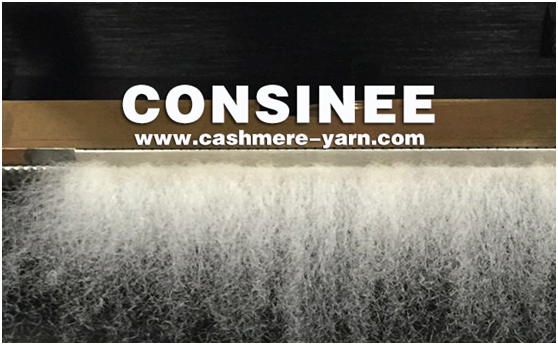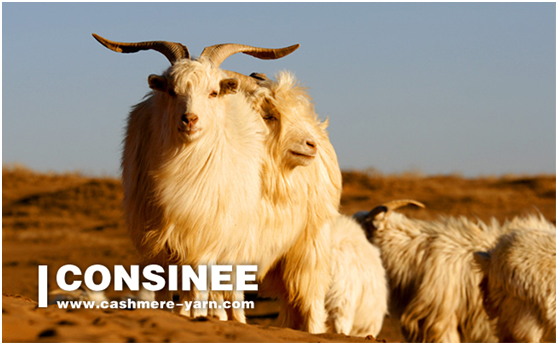Cashmere wool, also called kashmir, is an extremely fine type of fiber that is gathered from Kashmir goats. These goats can be found in China, Mongolia, Tibet, Turkey, Afghanistan, Iraq, Iran, Kashmir, Australia, and New Zealand. The price of a cashmere garment largely depends upon the origin of the fiber.
China, Tibet, and Mongolia are the world's largest producers of fine cashmere. Since these countries have barren climates, Kashmir goats living in these climates produce thicker wool that is very fine in texture. Thus, fiber gathered from these areas of the world is often much more expensive than fibers gathered from other countries.

One cashmere garment may require the wool from two to three different goats. This is precisely why most cashmere items are costly, even when an item does not come from Tibet, Mongolia, or China. Frequently, this type of wool is combined with other materials in order to lower the cost of a product, though these products cannot be considered pure cashmere.
Even though most of the world's kashmir comes from Mongolia, China, and Tibet; Italy, England, Scotland, and Japan produce the most garments made from this material, though this wasn't always the case. During the early 18th and 19th centuries, Kashmir, India, produced the most garments spun from Kashmir wool; of particular note was the prized Kashmir shawl.

